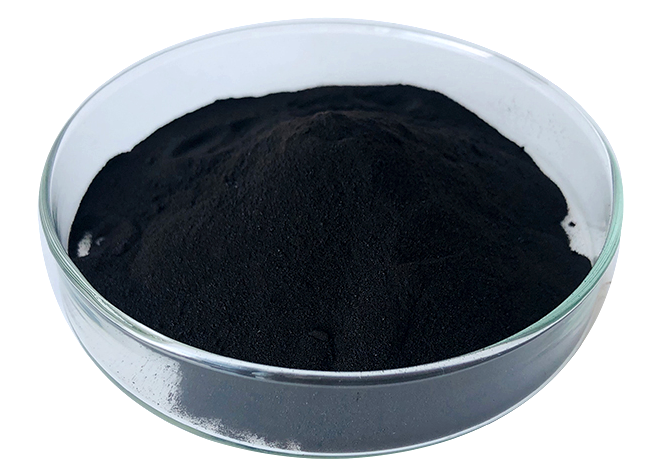From the report “Effects of pH Conditions and Application Rates of Commercial Humic Substances on Cu and Zn Mobility in Anthropogenic Mine Soils” of Javier Pérez-Esteban, Consuelo Escolástico, Inés Sanchis, Alberto Masaguer, and Ana Moliner, published in Sustainability.
Human activities, such as metal mining, are important sources of soil contamination. Soils from mine spoils not only contain high levels of toxic metals, but also have poor physical properties, high acidity and low nutrient content.
Appropriate soil management techniques should be applied to remediate anthropogenic mine soils in order to reduce bioavailability and dispersion of metals and to limit the exposure for humans and other organisms. The high concentrations of metals and the poor conditions of these soils limit plant growth and the application of phytoremediation strategies, such as assisted-phytoextraction. Nevertheless, the use of organic amendments can improve the physical and chemical properties of these soils, reduce metal toxicity and enhance plant growth
It has been studied the effects of commercial humic substances derived from leonardite at different rates (0, 0.25, 2, 10 g/kg) and pH (4.5, 6.0, 8.0) on Cu and Zn mobility, to evaluate their use for remediation of metal contaminated mine soils and to optimize their application conditions.

The assay conducted a single-step extraction experiment and analyzed extracts for metal concentrations, soluble organic carbon and their E4/E6 ratio (ratio of absorption at 465 to 665 nm). Metal speciation in a soil solution was simulated by the nonhttps://www.mediterraneadeagroquimicos.cat/soil-macrofauna-in-organic-and-conventional-coffee-plantations/-ideal competitive adsorption-Donnan (NICA-Donnan) model.
Increasing the amount of humic substances and the pH caused higher release rates of soluble organic carbon with a lower humic/fulvic acids ratio. This led to a higher mobility of metals (up to 110 times Cu concentration in control and 12 times for Zn) due to the formation of soluble metal-humic complexes. Speciation modeling predicted that increasing rates of humic substances would result in a higher proportion of Cu and Zn associated with fulvic acids, more mobile than the humic acids fraction.
Application of commercial leonardite humic substances at 2–10 g/kg and with pH levels similar to or below natural soil could be useful for assisted-phytoextraction of contaminated anthropogenic soils. High rates of humic substances in more alkaline conditions could entail a considerable risk of metal leaching to groundwater, toxicity and transfer to the trophic chain.
Commercial: obtain biostimulants

